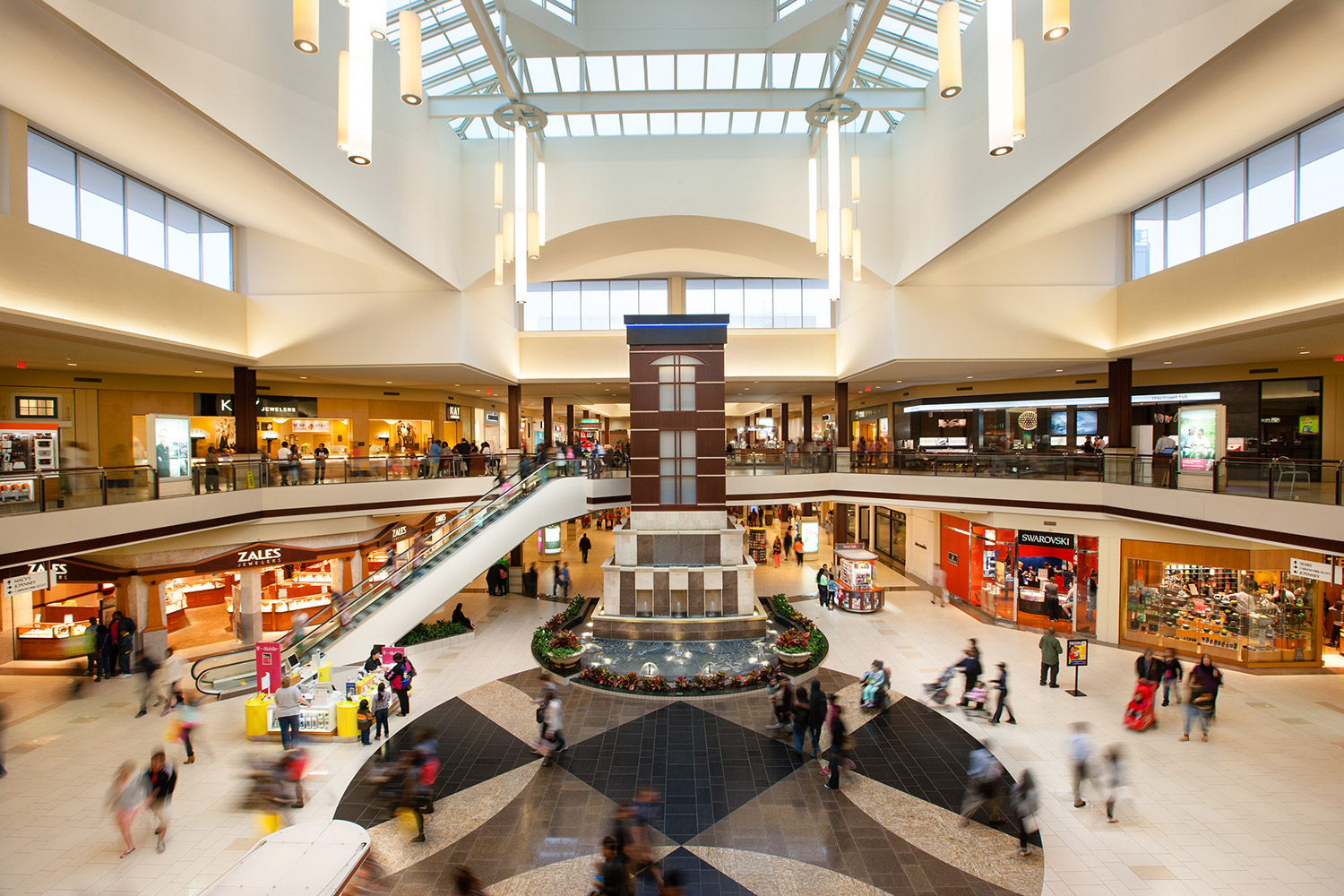When discussing problems related to racism, sexism, heterosexism, classism, anti-intellectualism, or Donald Trump, for example, you may often renounce these forces as non-existent and/or things that do no real harm, will not actually matter. You might go further and say people make things worse by discussing these things even where they “did” exist in the “distant, distant” past.
This kind of thinking can potentially be easy for you and I to accept given the everydayness of our world. For instance, as I was walking the mall after lunch today I was looking around, mentally taking my “field notes.” Today I was particularly struck by how “simple” things around me were.
Walking around the mall there are no overt signs that there are any problems at all in the World. There are no tangible indicators that a “Donald Trump” could be a truly dangerous president. No visible consequences of global warming/climate change. No visible indicators of what was there before the mall. No visible indicators of how peoples and products came together in the building, no signs of how the mall is connected to other cities, states, countries, and the universe.
The rhetoric of the mall, then, tends to suggest that everything is always the same and nothing really changes and that we are self-dependent. And that no one is in pain, no one is hungry, no one is unemployed or underemployed, no one is being sexually harassed, no one is struggling to pay their bills, no one is busy studying for their midterm exam, no one lacks transportation, no one is afraid of being wrongly arrested. Nothing is wrong. The rhetoric of the mall is something of a micro-utopian society that exist in a bubble and that aims to preserve the myth of the small town.
The inescapable rhetoric of the mall–by design–condones the worldview that firmly believes everything is perfectly fine and that events beyond the mall have no influence for the mall. The rhetoric of the mall aims to live outside, above, and around History – it does not actually want to be remembered.
And these problems are not limited to the mall. Throughout everyday life–outside of institutions truly devoted to education–we seldom actually see what is going on and hardly ever see the intertextuality of events. We go throughout our day and simply cannot easily see cause and effect. And too for many of us–especially those with various forms of privilege–world and national events seldom change what we can or cannot do and if they do, it is usually temporary. Only education–knowledge based on studies that go beyond personal experience, looking for diverse voices, and keen awareness–can help remove our blinders because if we “look” close enough, we can easily begin to see how the world and universe are incredibly interconnected and that things are from being as utopian as casual strolls though life suggest.
In one of many expected ironies of life: the more real something actually is, the less people see it and the more they deny it – the less real something actually is, the firmer people cling.
